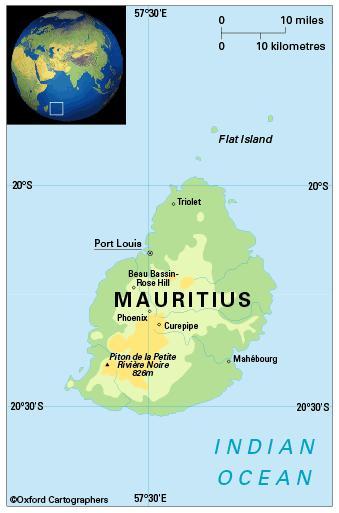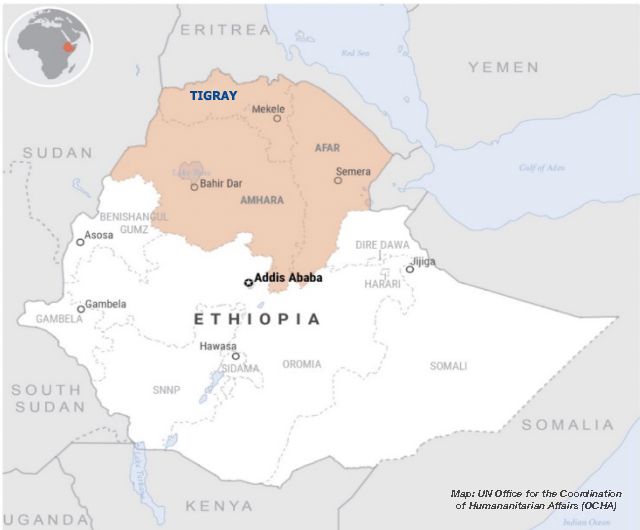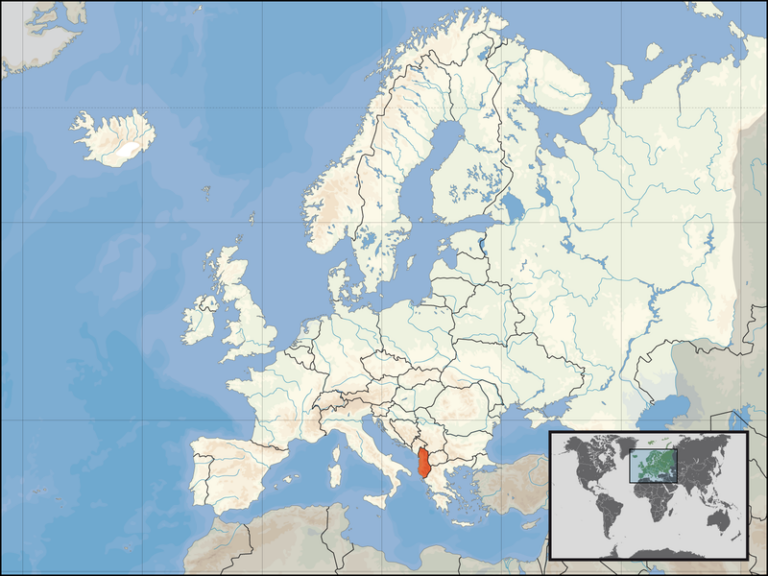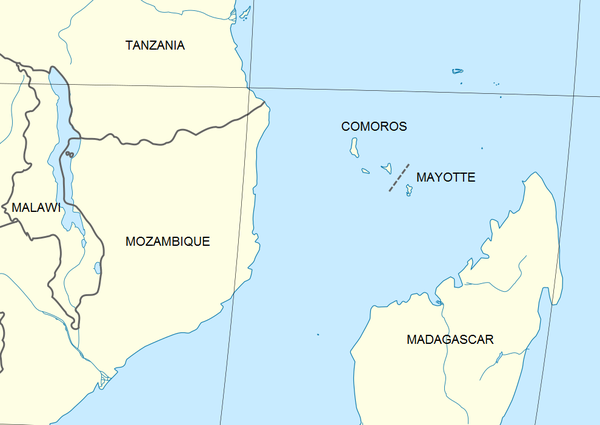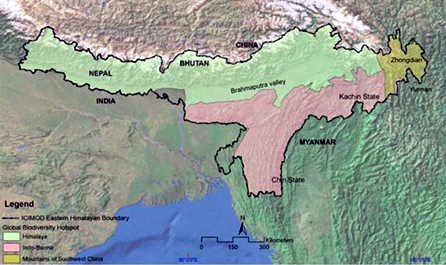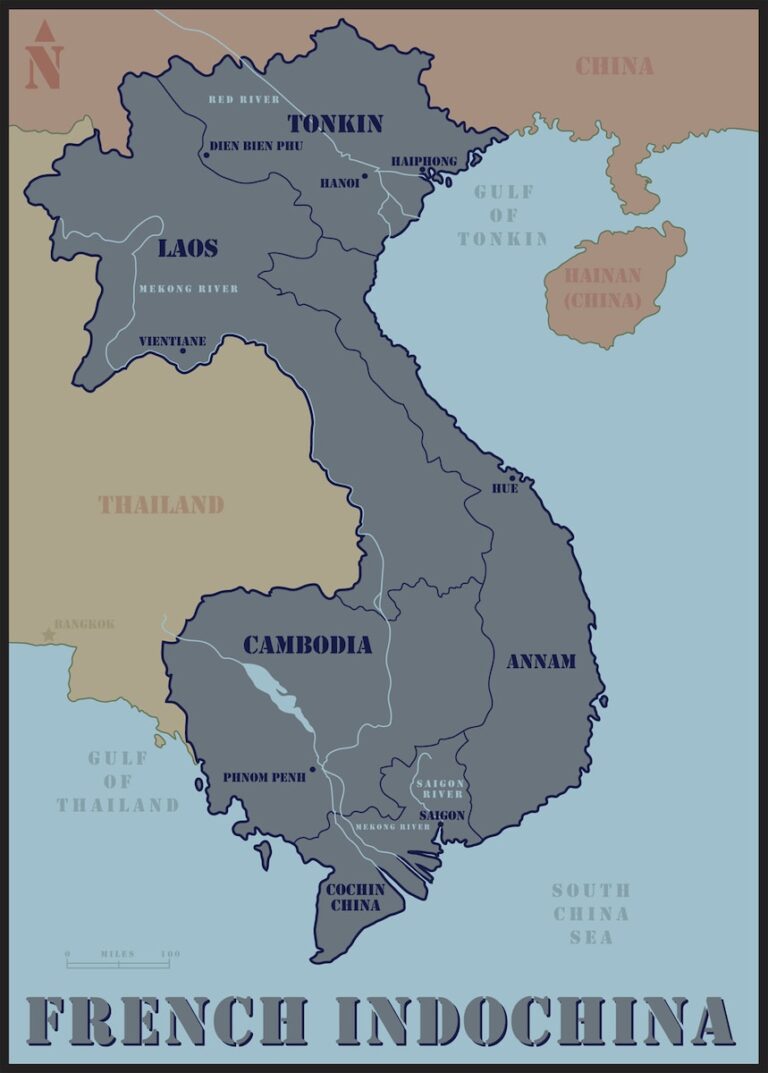Bosnia and Herzegovina Neighbouring Countries on the Map
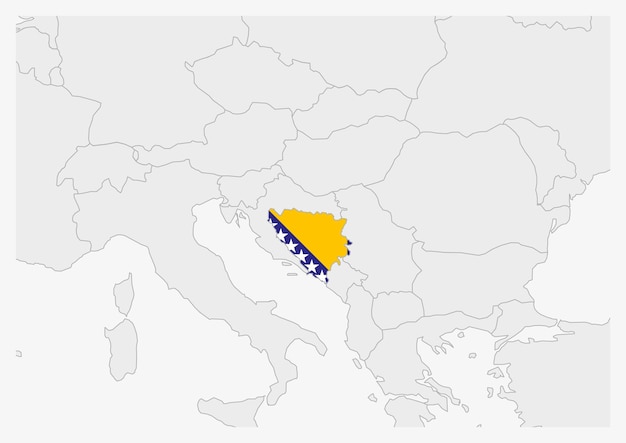
Bordering Countries of Bosnia and Herzegovina
Ever thought about Bosnia and Herzegovina right there on the Balkan Peninsula, doing its thing in Southeast Europe? It’s got neighbors that’ll keep you on your geographic toes.
Geographic Overview
Alright, picture this. Bosnia and Herzegovina cozy up to Croatia on most sides: north, west, and south. Then you’ve got Serbia hanging out to the east, Montenegro chillin’ southeast, and the tiniest bit of the Adriatic Sea to the southwest, thanks to a little piece of land called Neum (Britannica). These borders aren’t just lines on a map—they matter for everything from culture to economics with its buddies next door.
| Country | Border Length (km) |
|---|---|
| Croatia | 932 |
| Serbia | 357 |
| Montenegro | 249 |
| Access to Sea | Length (km) |
|---|---|
| Adriatic Sea via Neum | 20 |
Content drawn from Britannica and Wikipedia.
Border with Croatia
Let’s talk Croatia—Bosnia and Herzegovina’s longest border buddy. They’re joined at the hip along the north, west, and south, making Croatia a pretty big deal for Bosnia and Herzegovina.
| Border Section | Notable Features |
|---|---|
| Northern Border | Flows with the Una River and the soggy Sava River plains |
| Western Border | Rocky ground with border towns like Gradiška |
| Southern Border | A dash of coast along the Adriatic, marked by Neum |
This border isn’t just for show. It revs up trade, tourism, and getting from A to B between the two nations. For more deets on how folks get around, you might wanna check our bit on Resources and Infrastructure.
Having Croatia as a sidekick helps Bosnia and Herzegovina keep those big trade routes open and keep everyone buddy-buddy across the borders. Want to dig into how this dance affects the bucks and deals, hit up our Trade and Partnerships section.
Those invisible lines tell stories of how Bosnia and Herzegovina plays nice—or not—in the Balkan sandbox, painting a picture of life, business, and all things diplomatic in Southeast Europe.
For a little more trip planner action, peek at stuff on nearby pals like Serbia and Montenegro—you’ll find some good nuggets there.
Surrounding Nations
Bosnia and Herzegovina chilling in sunny Southeast Europe on the Balkan Peninsula, is hugging borders with some neighbors and giving a high five to the Adriatic Sea.
Serbia
Serbia’s hanging out to the east. Picture it like two buddies who were roommates in college (a.k.a., Yugoslavia), sharing stories and knick-knacks till the 90s breakup. They still chat a lot, swapping goods and ideas. Curious about their epic story? Check out the Dayton Agreement.
| Border Length (km) | Major Border Crossings | Cultural Vibes |
|---|---|---|
| 357 | Zvornik, Rača | Bro-level deep from Yugoslavian days |
Montenegro
Heading southeast, Montenegro is like that lesser-visited yet totally cool cousin. The border’s a bit shorter, but it holds its own in connecting pals. They both love working on tourism and road trips, especially with the Adriatic nearby for some sea-breeze therapy.
| Border Length (km) | Major Border Crossings | Sea-Views & Drives |
|---|---|---|
| 249 | Deleuša, Klobuk | Memory-makers with scenic routes and beach vibes |
Adriatic Sea Extension
Ah, the Adriatic Sea—Bosnia’s lil’ seashore sneak peek in the southwest. It may only be about 20 km, but boy, does it make waves. Think sandy escapes and ocean gazing. For more on where land meets sea in Bosnia, splash over to natural resources.
| Coastline Length (km) | Major Ports | Tourist Must-Haves |
|---|---|---|
| 20 | Neum | A special ticket to fancy Adriatic adventures |
Take a gander at some other neighborhood gossip with our takes on Afghanistan’s neighboring countries and Albania’s neighboring countries. Who knew geography had so much drama and camaraderie packed into it?
Historical Context
To really get the gist of Bosnia and Herzegovina today, it’s helpful to take a stroll down memory lane and visit two pivotal moments: the Declaration of Independence and the Dayton Agreement.
Declaration of Independence
Back on March 3, 1992, Bosnia and Herzegovina decided to go solo after Yugoslavia started falling apart—kind of like when all your friends want to try out new cliques. They weren’t alone in this move, as plenty of other former Yugoslav republics wanted their own flags and anthems too. The international community gave them a nod of approval on April 6, 1992, with the United Nations rolling out the welcome mat on May 22, 1992. But this independence party wasn’t all confetti and balloons. It kicked off the Bosnian War, a three-year nightmare that no one will forget easily.
| Event | Date | Description |
|---|---|---|
| Declaration of Independence | March 3, 1992 | Bosnia and Herzegovina ask Yugoslavia for a one-way ticket. |
| International Recognition | April 6, 1992 | Global community gives its stamp of approval. |
| UN Membership | May 22, 1992 | Bosnia and Herzegovina joins the UN club. |
Dayton Agreement
The conflict eventually led to the creation of the Dayton Agreement in 1995, named after the charming city of Dayton, Ohio, where the whole mediation circus pitched tent. Picture this: three ring-leaders—Bosniaks, Serbs, and Croats—each with their laundry list of grievances. Explosive violence and human rights horrors were the backstage drama.
The Dayton Agreement wrapped it all up, giving a political facelift to Bosnia and Herzegovina. With this deal, the country was divided into two key “chunks” or entities: the Federation of Bosnia and Herzegovina and Republika Srpska, plus the Brčko District. These sides aim to keep the peace and power balance among the main ethnic groups, ’cause heaven knows they need it.
If you’re curious about these political jigsaw pieces like the Federation of Bosnia and Herzegovina or Republika Srpska, we’ve got more articles you can dig into.
Peeking into these events not only fills in the blanks about Bosnia and Herzegovina’s path to becoming its own nation but also throws light on how they’ve carved out their place in today’s global neighborhood.
Autonomous Entities
Bosnia and Herzegovina has a pretty interesting setup politically, sliced into three main pieces: the Federation of Bosnia and Herzegovina, Republika Srpska, and the Brčko District. This whole arrangement comes from the Dayton Agreement in ’95, a pact that put an end to the Bosnian War.
Federation of Bosnia and Herzegovina
The Federation of Bosnia and Herzegovina is one of the two big segments shaped by the Dayton Agreement. It’s mostly home to Bosniaks and Croats and spans about half (51%) of the country’s area.
Key Points:
- Created thanks to the Dayton Agreement
- Mainly Bosniak and Croat folks
- Occupies 51% of Bosnia and Herzegovina’s land
Republika Srpska
Republika Srpska is the other main division from the Dayton Agreement. It’s largely populated by Serbs and takes up roughly 49% of the country’s land.
Key Points:
- Born from the Dayton Agreement
- Predominantly Serb community
- Covers 49% of Bosnia and Herzegovina
Brčko District
The Brčko District breaks the mold. It’s an independent area, not controlled by either of the bigwigs mentioned earlier. It’s self-governing and has a mixed bag population wise, but it still falls under the overarching sovereignty of Bosnia and Herzegovina.
Key Points:
- Came to be through the Dayton Agreement
- Governs itself, separate from the other two main entities
- Diverse ethnic mix
If you want to dive deeper into the history behind how Bosnia and Herzegovina’s divisions came to be, check out our section on the Dayton Agreement.
This setup is crafted to keep the big ethnic groups in check, while still honoring Bosnia and Herzegovina’s overall control. For those keen on the region’s political vibes and its bonds with neighboring countries, getting the gist of these divisions is a must.
Trade and Partnerships
Bosnia and Herzegovina’s place in the heart of the Balkans sets the stage for a whole lot of trade and partnerships. Thanks to its spot on the map, Bosnia gets to rub shoulders with some pretty important trading buddies, giving its economy a solid boost.
Major Trading Partners
Bosnia and Herzegovina pulls off a good balancing act, forging trade ties with countries from its own backyard and the bustling markets of Europe. Close to home, it’s chummy with Croatia and Serbia, while bigger European economies like Italy and Germany are also in the mix (Britannica).
Top Trading Partners
| Country | Major Exports | Major Imports |
|---|---|---|
| Croatia | Machinery, metals, textiles | Foodstuffs, chemicals, machinery |
| Serbia | Chemicals, machinery, metals | Textiles, food products, consumer goods |
| Italy | Metals, fabrics, chemicals | Machinery, automobiles, electronics |
| Germany | Textiles, machinery, metals | Automobiles, industrial goods, chemicals |
These relationships aren’t just about keeping the economy ticking—it’s also about making sure everyone in the region gets along better. Want more details? Check out our page on Bosnian trade relations with neighboring countries.
Economic Scene
In Bosnia and Herzegovina, the economy likes to keep busy with a lively mix of services, manufacturing, and agriculture (Britannica). Services pull their weight the most, offering jobs and stacking up the GDP. Manufacturing is no slouch either, hitting the road with textiles, metals, and machines as major exports.
Economic Sectors and Employment
| Sector | Employment Percentage | Key Activities |
|---|---|---|
| Services | 52% | Banking, tourism, retail |
| Manufacturing | 33% | Textiles, metals, machinery |
| Agriculture | 15% | Crop production, livestock, dairy |
Labor unions here, though, are kind of all over the place and don’t wield much power, which makes the labor market a little shaky. Want to see more numbers and charts? Dive into our economic analysis of Bosnia and Herzegovina.
Bosnia and Herzegovina’s rivers, like the Sava, Bosna, and Neretva, are busy highways for moving stuff around (Britannica). These natural routes are like the country’s lifelines, keeping trade moving smoothly.
Thinking about trading or partnering up with Bosnia and Herzegovina and its neighbors? Get more info on places like Slovenia, Austria, and Turkey.
Resources and Infrastructure
Let’s peek behind the curtain of Bosnia and Herzegovina’s treasure chest, packed with natural resources and a growing transport and telecom network. These assets are the backbone of the nation’s economy and keep everything connected.
Natural Resources
Bosnia and Herzegovina’s got some serious treasure buried beneath its surface (Britannica). We’re talking iron ore, bauxite, lignite, bituminous coal, zinc, mercury, and manganese. Toss in some impressive hydroelectric potential, and the country’s buzzing with energy from its hydroelectric and thermal power plants.
What They’ve Got:
- Iron Ore
- Bauxite
- Lignite
- Bituminous Coal
- Zinc
- Mercury
- Manganese
- Hydroelectric Potential
Don’t discount the farm life! Agriculture is kind of a big deal too. A good chunk of land is all about that crop life, including corn, potatoes, wheat, and don’t forget the tobacco (Britannica).
Transportation and Telecommunications
Bosnia and Herzegovina’s transportation game is on the up and up, though it ain’t perfect. They’ve got roads, railways, and natural water lanes smoothly running the show. With rivers like Sava, Bosna, Vrbas, Una, Drina, and Neretva, they’re not only floating transport but also powering up with hydrojuice (Britannica).
Trains link cities and showcase the industrial beats, while highways are the unsung heroes lugging goods and getting folks from A to B. There’s a push to polish up the highways and regional roads to up the connectivity game.
Transportation Infrastructure Overview
| Mode of Transport | What’s Happening Here? |
|---|---|
| Roads | Main transport avenue, focus on boosting highways and regional roads |
| Railways | Ties the cities in knots, linking industry sites |
| Waterways | Powered by main rivers like Sava, Bosna, Vrbas, Una, Drina, and Neretva |
Now, if you switched from two-tins-and-a-string to real tech, you’d notice the telecom sector is buzzing like never before. Internet and mobile networks ain’t playing games. More providers mean more competition, which means sweet deals for everyone. Though, living out in the sticks? Yeah, your connection might be a tad sketchy.
Get your magnifying glass and explore more about Bosnia and Herzegovina’s geographic dance partners with info on Serbia, Montenegro, and a peek at the Adriatic Sea Extension.

